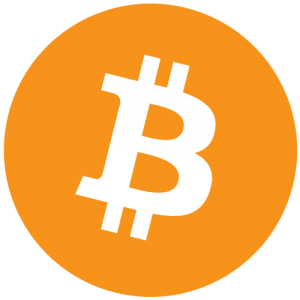The Internet
Twitter.com is Born

The domain name twitter.com was registered. However, it wasn’t until 2006 that the domain was purchased by Twitter, Inc. and took the form we know today.
The Happy99 Worm Appears

The Happy99 worm first appeared. It invisibly attached itself to emails, displayed fireworks to hide the changes being made, and wished the user a happy New Year. It was the first of a wave of malware that struck Microsoft Windows computers over the next several years, costing businesses and individuals untold amounts of money to resolve.
Yahoo.com Registered
January 18, 1995
The domain name yahoo.com is registered. Previously, the web site was called “David and Jerry’s Guide to the World Wide Web”. I think they chose wisely.
Drudge Report Legitimizes Internet Reporting

Matt Drudge breaks the story of the Bill Clinton–Monica Lewinsky affair on his website The Drudge Report. This incident brought to the limelight the emerging Internet news industry. Almost overnight it seems, traditional news media, especially newspapers, begin to lose ground to Internet news sources.
Wikipedia Goes Online; Bookshelves Clear Up
NCSA Opens
The National Science Foundation opens the National Center for Supercomputer Applications (NCSA) at the University of Illinois. In 1992 – 1993, Marc Andreesen would invent his Mosaic web browser while a student there, which he later transformed into Netscape. I remember opening the Mosaic program on a Mac in my dorm’s computer lab in 1993. Not knowing what it was, and because the homepage was set to the University of Illinois, I clicked around a few hyperlinks but quickly got bored. Little did I know what I had stumbled upon until several months later.
IETF Meets For the First Time
This day is the first meeting of the Internet Engineering Task Force. According to the IETF’s web site, “The mission of the IETF is to make the Internet work better by producing high quality, relevant technical documents that influence the way people design, use, and manage the Internet.” I’m sure this sounds boring to you, but if it wasn’t for them you probably wouldn’t be reading this right now!
Bitcoin Launched
Through a posting to The Cryptography Mailing List, the pseudonymous Satoshi Nakamoto releases the **********@******wd.com/msg10142.html” target=”_blank”>first version of the Bitcoin software and launches the network of the decentralized peer-to-peer cryptocurrency. Six days earlier, Nakamoto had generated the first block of 50 bitcoins, now known as the Genesis Block.
Bitcoin has slowly but steadily gained momentum as its users appreciate the fact that no one entity can control, manipulate, or deactivate the digital currency, along with it being an extremely private form of payment. Bitcoin has the potential to become “the currency of the future,” which means it could completely change the way our society functions in regards to money, government, and the economy – which basically means it could change almost everything about the way the world works. Not bad for some open source code.




